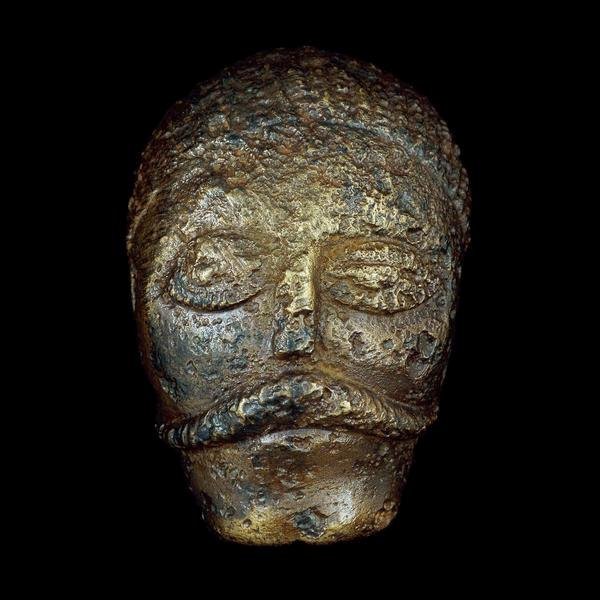Site Details:
 The Morpeth Clock Tower, a distinguished landmark in Northumberland, stands as a testament to the town's rich history. Constructed between 1604 and 1634, the tower was built using recycled Medieval stone, which was likely sourced from the ruins of Newminster Abbey following its dissolution in 1537. This use of materials from the historic abbey gives the tower an appearance much older than its actual age.
The Morpeth Clock Tower, a distinguished landmark in Northumberland, stands as a testament to the town's rich history. Constructed between 1604 and 1634, the tower was built using recycled Medieval stone, which was likely sourced from the ruins of Newminster Abbey following its dissolution in 1537. This use of materials from the historic abbey gives the tower an appearance much older than its actual age.  Additionally, there is speculation that stones may have also come from a gatehouse at the west end of Oldgate, indicating that the site could have been part of the town's defensive structures.
Additionally, there is speculation that stones may have also come from a gatehouse at the west end of Oldgate, indicating that the site could have been part of the town's defensive structures. 
The clock tower's history is intertwined with local politics and pride. In 1706, a peal of six bells, cast by the renowned Richard Phelps of the Whitechapel Bell Foundry, was installed in the tower. These bells were originally intended for Berwick-upon-Tweed but were redirected to Morpeth after Major General Edmund Maine, MP for Morpeth, was not elected to office in Berwick. This twist of fate led to the local saying, "Berwick Bells are heard in Morpeth," reflecting the unexpected journey of the bells from one town to another.


To house these bells, a belfry was added to the top of the tower in the same year, enhancing its profile and function within the community. Over time, the bells fell into disrepair but were recast and rehung in a new frame by John Taylor & Co in 1951 to commemorate the Festival of Britain, ensuring their chimes would continue to resonate through Morpeth.
Site Gallery
Gallery Empty












